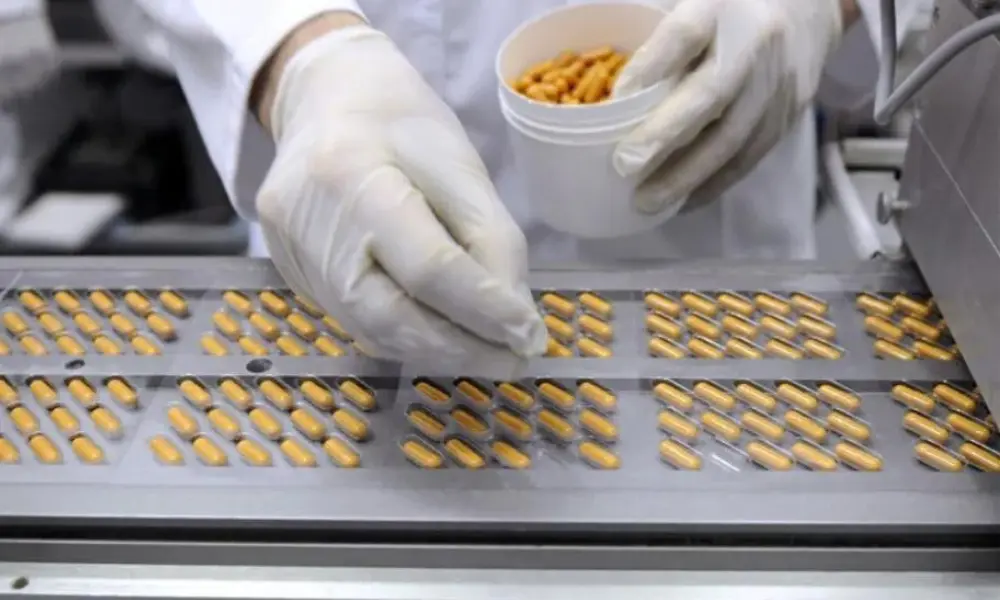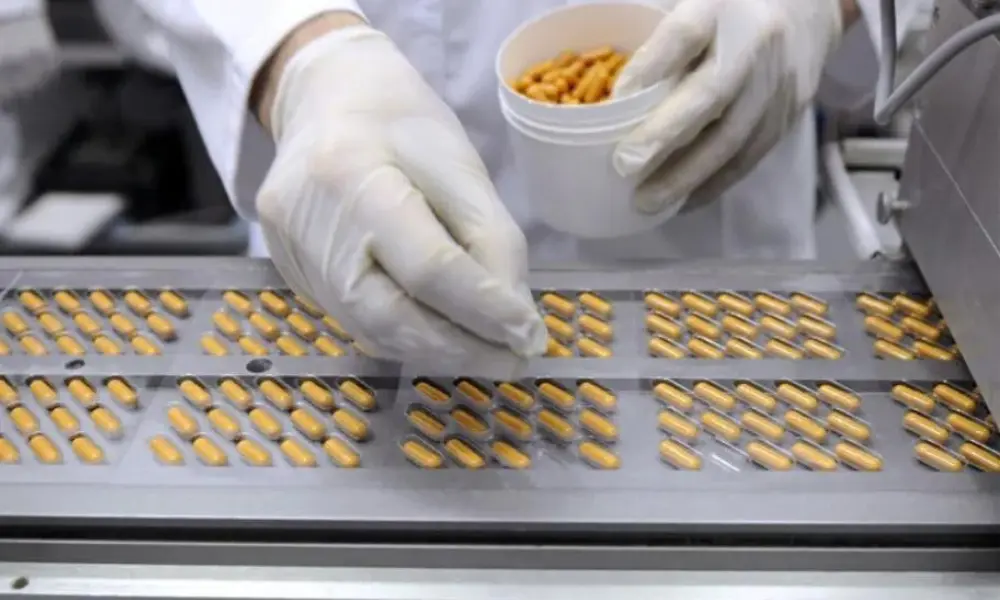Pharmaceutical inventory is too time-sensitive. These products must be stored properly in the prescribed environmental conditions. A rejected material can be a real hassle. Besides storing, it’s also essential to manufacture them following the safety protocols and sell them before their expiry date. A slight negligence can lead to a pile of rejected materials in the industry.
As a pharmaceutical business manager, how do you manage the rejected materials in your industry? Besides the SOPs prescribed, what procedure do you follow to ensure the safety of the people using the products? Here’s a detailed guide on how you can handle rejected materials in your industry. Read on & explore!

1. Isolation of the Rejected Materials
In the first step, you need to identify the materials that don’t meet the standards of the industry. These rejected materials and products must be quarantined and stored separately away from other products to prevent any mishap or accident.
This isolation also ensures that these rejected materials don’t enter the production process or supply chain in any way. Moreover, make sure to use proper labels on the storage racks containing these rejected materials.
You may also go for physical barriers or separate storage locations for these rejected materials. If possible, restrict unauthorized access to such areas to prevent any mischievous activity or misconduct.
2. Investigating the Rejected Materials
The second step involves investigating why those materials have been rejected. These materials may be rejected due to a variety of reasons. The most common reasons behind rejection of materials in the pharmaceutical industry include:
- Noncompliance with standards and protocols of the industry
- Abornamilty in specifications
- Expiration or quality issues
- Damage or discrepancies
You may also pinpoint some other causes during the investigation. The investigation helps you dive deeper into the causes of why these products are rejected, thus helping you take remedial steps at the earliest.
You may use various techniques for investigating the cause, such as root cause analysis (RCA), failure mode and effects analysis (FMEA), etc. Once you’ve identified the causes, you may categorize the rejected materials based on their cause of rejection. You’ll come to know how severe any particular issue is.
3. Prepare the Important Documents
Now, you need to record the details of the rejected materials systematically. Right from their batch number to the causes of rejection, all the minute and major details related to the rejected materials must be recorded.
Documentation is necessary to keep track of those materials and facilitate smooth information flow between various departments. It improves transparency, traceability, and visibility within the supply chain while storing the information for later use.
We suggest you go for electronic and digitized record-keeping systems over manual ones. You may go for a specialized inventory management software or solution that provides a centralized database for users. This way, anyone can access the information anytime and anywhere.
4. Risk Assessment
In the fifth step, you need to analyze and test those rejected materials to evaluate the risks associated with their product quality and safety. This will help you decide how you can reuse or dispose of those materials.
A robust risk assessment will help you in decision-making while considering whether to reuse, reprocess, retest, or discard the products.
You may go for any of the various methods available for risk assessment. Failure Mode and Effects Analysis (FMEA) or Hazard Analysis and Critical Control Points (HACCP) are the most common ones. Using these techniques, you can not just identify risks but also categorize them based on their priority, severity, etc. In this way, it’s possible to handle rejected material in the pharmaceutical industry.
5. Disposition of the Rejected Materials
This step decides the fate of the rejected materials. However, the actions taken to handle rejected materials mostly depend on regulatory compliance and the risks associated with it.
Sometimes, the products are retested and reprocessed to meet the safety standards of the industry. In the worst cases, the rejected materials are discarded. However, pharmaceutical businesses must prioritize patient safety at this stage. Their handling procedure must abide by the FDA or EMA guidelines.
6. Planning for Corrective Actions
Once you’ve identified the rejected materials along with their cause of rejection, you now need to focus on addressing these causes. However, firstly, you need to analyze the regulatory guidelines from the risk assessment team and handle the materials as instructed by them.
After wrapping up the rejected materials, you need to come up with corrective actions and strategies to reduce the occurrence of the key causes of rejection. These corrective actions help minimize the chances of future rejected materials, thus improving product quality and safety and ensuring regulatory compliance.
Implementing these corrective actions and focusing on continuous improvement every single day must be your primary goal. Furthermore, you should also keep a check on the progress attained after implementing the corrective actions. This way, you can track how far the cause of rejection has been resolved.
We suggest you strengthen your warehouse and inventory management practices. Do you need any help in warehouse and inventory management?
Worry not because we bring you QodeNEXT and its unique solutions tailored to meet your unique needs. It has a comprehensive suite of hardware and software solutions that will take your business’s productivity and efficiency to the next level. Go check out QodeNEXT’s services now!
You may automate the manufacturing processes. This will standardize the process, thus reducing the chances of rejected materials due to human errors.
FAQs: Rejected Material
1. What does rejected material in the pharmaceutical industry mean?
Rejected materials in the pharmaceutical industry refer to those materials that have been discarded from the production or supply chain due to some reasons.
2. Why are some materials rejected in the pharmaceutical industry?
The most common reasons behind rejection of materials in the pharmaceutical industry include:
- Noncompliance with standards and protocols of the industry
- Abornamilty in specifications
- Expiration or quality issues
- Damage or discrepancies
3. What’s the procedure for handling rejected materials in the pharmaceutical industry?
Here’s a detailed procedure for handling rejected material in the pharmaceutical industry:
- Isolation of the rejected materials
- Investigating the rejected materials
- Prepare the important documents
- Risk assessment
- Planning for corrective actions
- Disposition of the rejected materials
- Focus On preventive measures & continuous improvement
4. How can you minimize the quantity of rejected materials in the pharmaceutical industry?
Implementing automation in the manufacturing processes and making warehouse and inventory management more efficient is the key to minimizing rejected materials in the pharmaceutical industry.
5. Why is it important to investigate the rejected materials while handling them?
Investigating the rejected materials helps you dive deeper into the causes of why these products are rejected, thus helping you take remedial steps at the earliest.
Wrapping Up
Rejected materials in the pharmaceutical industry can be a serious threat to the common ones and the industry itself if not handled well. Besides the common SOPs formulated by the industry, every pharmaceutical business must have some standard procedures to ensure that the rejected materials don’t enter production or the supply chain in any way.
Implementing automation in the manufacturing processes and making warehouse and inventory management more efficient is the key to minimizing rejected materials in the
pharmaceutical industry.
Do you need any more help? Check out our indispensable solution, QodeNEXT. Please feel free to contact us now to help you make the best choice to manage your fleet and optimize your process!







